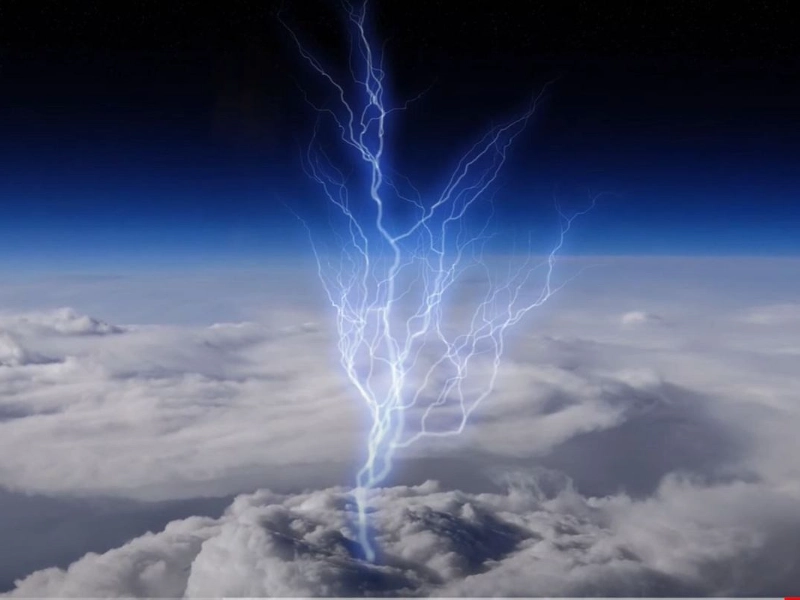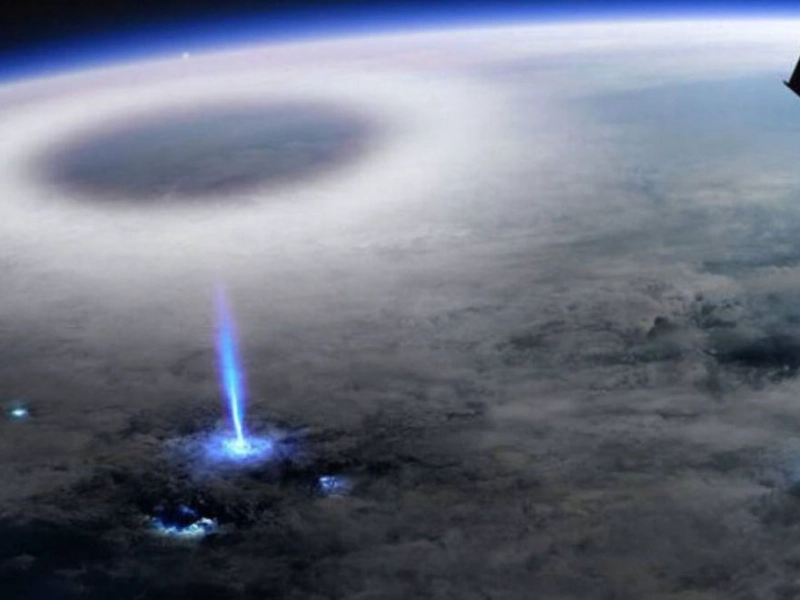Ghost Lightning: The Mysterious Blue Jets in the Stratosphere
Advertisement
Rising high above stratospheric thunderstorm clouds, ghost lightning—scientifically known as blue jets—is an amazing occurrence. Both astronomers and skywatchers have been fascinated by these enigmatic blue flashes of light since they highlight their special qualities and the science underlying their creation. From their beginnings to their consequences for our knowledge of atmospheric science, we shall investigate several facets of blue jets in this paper.
1. What Are Blue Jets?

Advertisement
Characterised by brilliant blue flashes that soar upward into the stratosphere, blue jets are an interesting form of electrical discharge seen during thunderstorms. Unlike ordinary lightning, which usually strikes down, blue jets climb from the tops of thunderstorm clouds and reach altitudes of roughly 50 kilometres (about 31 miles) above the ground. Their upward movement sets them apart from other types of lightning and produces a singular show in the sky that has enthralled experts as well as the general people.
Though they might have been occurring long before they were acknowledged, the phenomena of blue jets was first reported in the 1980s. Although the mechanics behind blue jets first eluded scientists, technological developments have made more exact measurements possible. These jets can last several milliseconds, and their stunning blue hue is mostly the result of the emission spectrum of nitrogen molecules in the environment, which gets stimulated during the discharge process.
Blue jet generation is intimately related to the strong electrical activity in thunderstorms. Strong electric field produced by a thunderstorm can ionise the nearby air and produce blue jets. When the electrical potential hits a crucial threshold, this process starts and energy can be quickly discharged. Since blue jets are rarely often seen in comparison to conventional lightning, their particular conditions necessary for formation make them an interesting and unusual feature of atmospheric research.
Their mystery is enhanced by blue jets' variety in size and form. Usually showing up as tiny, cone-shaped light beams rising from the thunderstorm, they These jets can travel for different times; some might last a fraction of a second while others might linger longer. Blue jets are an interesting topic for scientific enquiry because of their variation in appearance and length since scientists want to know the fundamental processes controlling their development and features.
Blue jets are, all things considered, an amazing meteorological phenomenon that highlights the complexity of electrical discharges in the atmosphere. Scientific research as well as popular interest are captivated by their unusual upward movement, spectacular look, and connection with thunderstorms. Knowing blue jets not only improves our understanding of atmospheric science but also emphasises the complex interactions among weather patterns and atmospheric electrical activity.
You May Like
Advertisement











